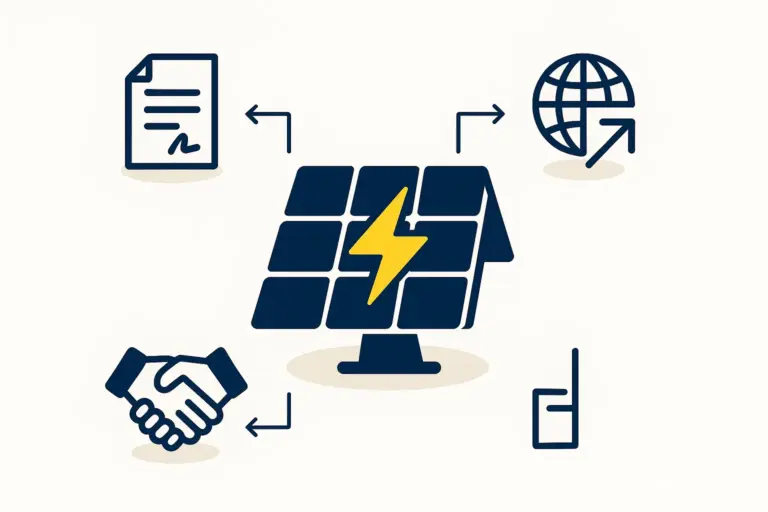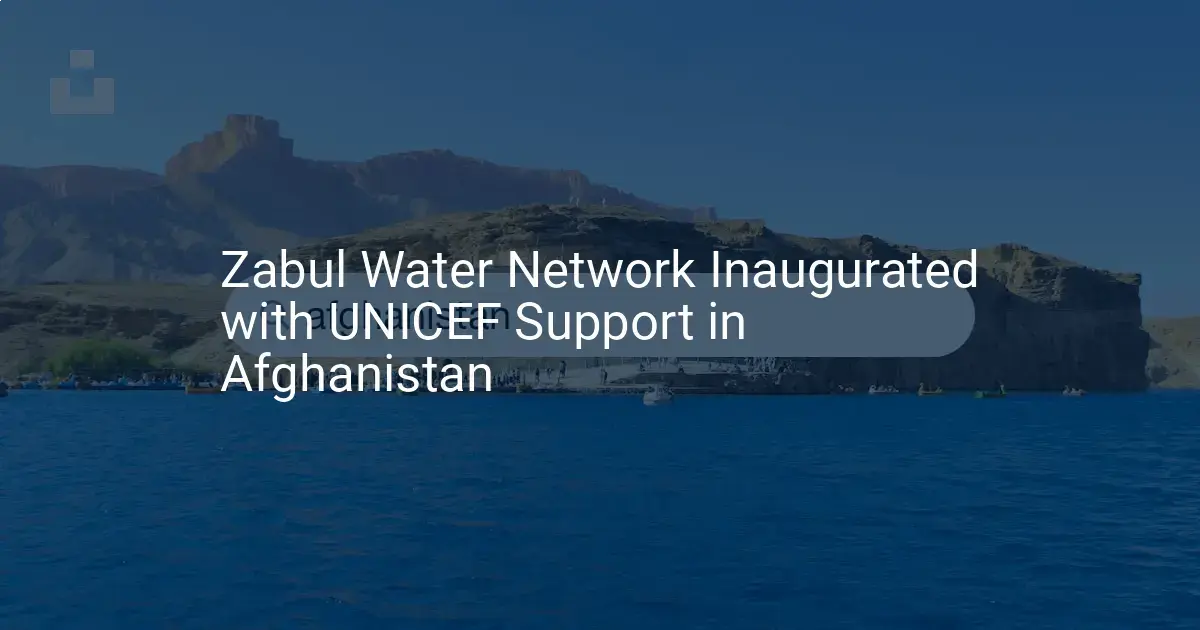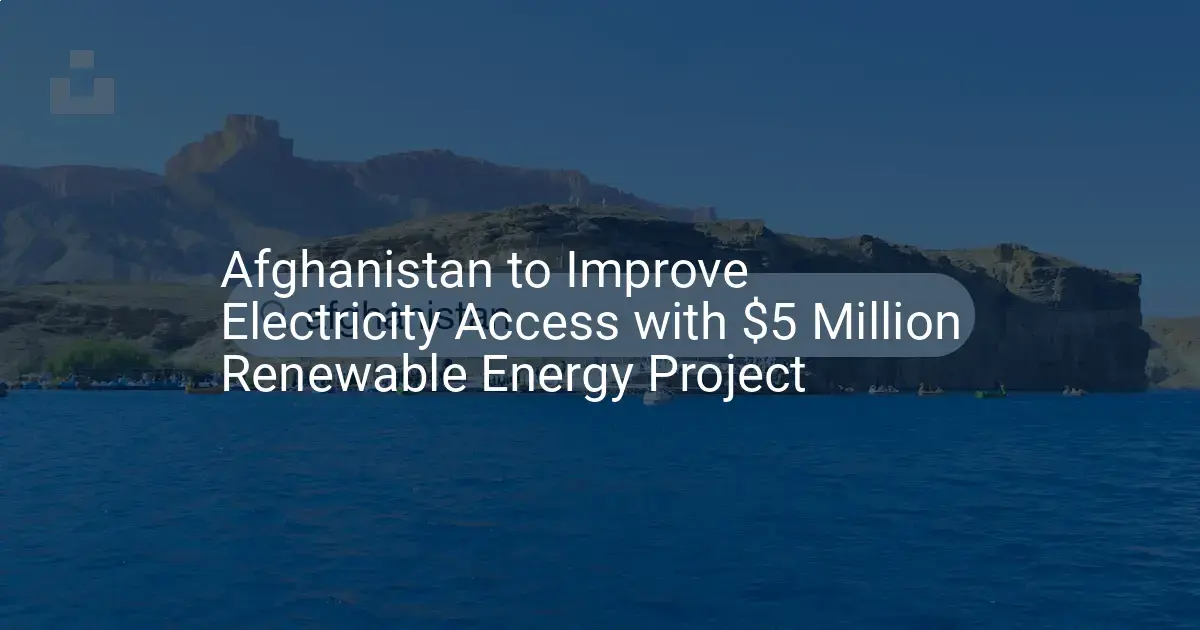Afghanistan is sitting on a goldmine of sunshine – we’re talking a staggering 220 GW of estimated solar energy potential just waiting to be tapped. Seriously, imagine what that could mean for the country! Developing a local solar manufacturing industry isn’t just an economic game-changer; it’s a crucial step towards energy independence and a greener tomorrow. But, as with any grand vision, the million-dollar question is: can the existing foundations actually support this dream? Before anyone dives in headfirst, a good, honest look at the country’s infrastructure – the very backbone of any manufacturing success – is absolutely essential.
So, if you’re an entrepreneur, an investor, or a policymaker with your eyes on Afghanistan’s solar promise, this one’s for you. We’re going to explore the real nuts and bolts: the energy grid (or lack thereof in places), how goods get from A to B, and the industrial zones that could one day hum with these new ventures. Getting a solid grasp of these pillars is key to figuring out if, and how, solar manufacturing can genuinely flourish. Ready to dive in? Let’s go!
Table of Contents
Powering the Future: Afghanistan’s Energy Grid and Solar Manufacturing
Alright, when you’re thinking about setting up any kind of factory, especially one churning out solar panels (which, let’s face it, needs a fair bit of juice!), a reliable and sufficient electricity supply isn’t just important – it’s non-negotiable.
Where Does the Grid Stand Today? Challenges and Bright Spots
Let’s be completely frank: Afghanistan’s national power grid has its share of hurdles, and then some. The country currently generates about 623 MW itself but has to import a hefty 1,753 MW. That paints a clear picture of significant reliance on its neighbors. What’s more, only about 30-35% of the population is actually connected to the grid, and power cuts or load shedding are, unfortunately, pretty common headaches. To ice that challenging cake, reports suggest around 19% of existing power plants aren’t working at all or are seriously underperforming.
These are definite, real-world challenges for any industry needing steady, quality power. But here’s the interesting flip side: this very situation throws a spotlight on the immense opportunity. That vast renewable energy potential we talked about, especially solar, offers a clear pathway to boost homegrown power and, hopefully, make the grid more stable down the line.
What Do Industries Need, and What Does Power Cost?
No surprise here, industrial demand for electricity is definitely on the upswing. In Afghanistan’s four biggest cities, it’s been climbing by about 19% each year and could well shoot up to 3,500 MW by 2032. Now, while specific rates for industries can vary, the average cost for us folks at home is around $0.053/kWh. What’s really interesting is that the Levelized Cost of Electricity (LCOE) for grid-connected solar is an attractive $0.05/kWh. This competitive pricing for solar doesn’t just whisper, it shouts about how economically smart it could be to use renewables directly for industry or to feed more of that lovely solar power into the main grid.
Weaving in Renewables: The Path Ahead
The Afghan government clearly gets the strategic value of its renewable bounty – and thank goodness for that! They’ve set some pretty ambitious goals, like aiming for 2,000 MW of solar power by 2032, all laid out in plans like the Renewable Energy Roadmap (RER2032) and the Renewable Energy Policy (RENP). It’s not just talk either; several projects are already inching forward, like expanding the Naghlu Dam and developing new solar parks. For instance, projects for 80 MW of solar power have already gotten the green light for the Hisar Shahi & Sheikh Misri Industrial Parks in Nangarhar. That’s progress!
So, what does this mean for solar manufacturing? Look, the current grid situation definitely throws up some puzzles for energy-hungry solar manufacturing. It’s a challenge, no doubt. However, with solar PV costs continuing to drop, solid government backing, and the very real possibility of creating dedicated power solutions right within industrial zones (think captive solar plants – smart, eh?), there’s a clear way forward. Early-stage manufacturers will almost certainly need to bake on-site power generation or robust backup systems into their initial plans. Forewarned is forearmed, as they say.
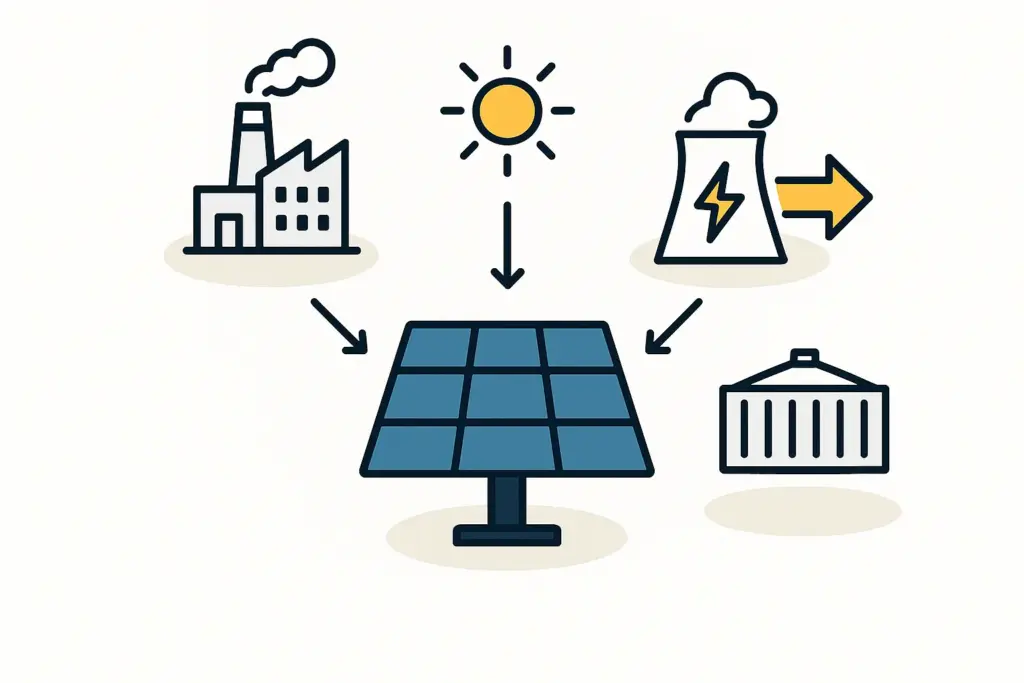
Getting Things Moving: Transportation & Logistics for Solar Success
It’s a simple truth: for any manufacturing to truly thrive, you’ve got to be able to efficiently get your raw materials to the factory and then ship your finished products out to customers. Good, reliable transportation isn’t just nice to have; it’s the absolute lifeblood.
Roads: The Main Arteries
Roads are the real workhorses for moving freight right across Afghanistan. Major routes, like the vital Ring Road, do a decent job linking key cities and border points. And yes, there’s a lot of work happening – or at least planned – to fix up and expand this network. Still, let’s be realistic, challenges persist: maintenance can be painfully slow, security is a genuine factor in some areas, and just getting to remote spots can be a serious headache. For solar manufacturing, this translates to some really careful planning for bringing in those essential materials like silicon, glass, and aluminum, and then for shipping out the finished solar panels, whether they’re for local folks or for export.
Rail: An Exciting New Chapter
Now, Afghanistan’s railway system is still relatively new on the scene, but boy, does it hold fantastic potential to boost freight capacity and better connect the region! There are some key projects in the pipeline or being planned:
- The Torghundi-Herat line, creating that link to Turkmenistan.
- The Kabul Corridor, with big ambitions to connect Uzbekistan right through Afghanistan to Pakistan.
- The Zaranj-Kandahar line, which would connect to Iran’s Chabahar port – a game-changer for sea access.
These developments, if they come to full fruition, could make a monumental difference in moving bulk goods more efficiently and, crucially, more cheaply. That’s exactly what’s needed for those hefty raw material imports and for exporting finished solar modules.
Air and River Options
Afghanistan isn’t without its airports – 46 of them, in fact, with key cargo facilities in Kabul, Herat, Mazar-i-Sharif, and Kandahar. Of course, air freight is generally the pricier option, but it can be an absolute lifesaver for urgent components or high-value equipment. And let’s not forget the Amu Darya (Oxus River) up on the northern border; it offers some capacity for river transport, mainly for trade with those Central Asian neighbors.
Making logistics work for solar manufacturing: So, what’s the bottom line here? While roads are doing most of the heavy lifting right now, their current condition and the security situation can definitely create some logistical headaches – and that’s putting it mildly sometimes. The ongoing rail developments are a massive plus, potentially offering far more cost-effective and reliable transport for the heavy, bulky materials that go into making solar panels. And that access to regional ports via these new rail links? It’ll be incredibly important for any international trade aspirations.

Hubs of Activity: Are Industrial Zones Ready for Solar Manufacturing?
Having designated industrial zones can be a huge leg-up. They can provide those ready-made environments with essential infrastructure, which, let’s be honest, can make setting up a new manufacturing business a whole lot smoother.
A Look at Key Industrial Zones
Afghanistan has actually been making some good headway in developing these industrial parks. Currently, there are 34 up and running, and the government has impressively set aside another 80,000 acres for new zones, spread across 28 provinces. Some of the more prominent existing and developing zones are located in:
- Herat: This is a particularly noteworthy spot. Why? Because it’s where Etemad Sun Solar, currently Afghanistan’s only known solar panel manufacturer, is based, apparently making around 300 panels a day. Plus, the Herat Industrial Zone also has a site earmarked for a 40 MW solar PV plant – smart thinking!
- Nangarhar: The Hisar Shahi and Sheikh Misri Industrial Parks here have, as we mentioned, seen solar power projects get the nod.
- Kabul: You’ll find several industrial parks dotted around the outskirts of the capital.
- Kandahar and Mazar-i-Sharif: These regions also have their own designated industrial areas.
What’s Inside These Zones?
Now, the quality and sheer availability of infrastructure can really differ from one zone to another – it’s not a one-size-fits-all situation. For solar manufacturers, the key things to be looking for, the absolute must-haves, include:
- Reliable Power: We’ve banged this drum before, and for good reason – it’s absolutely vital. The good news is some zones are being specifically targeted for dedicated solar power projects to ensure a much better supply.
- Water Access: Pretty essential for many manufacturing processes and, of course, for cooling.
- Road and Rail Links: How close are they, and how well-connected are they to those major transport routes we talked about?
- Waste Management and Utilities: The often-unglamorous but crucial stuff.
- Security: Naturally, a top priority for any industrial operation anywhere in the world.
Often, there’s a carrot too: setting up in these zones often comes with government incentives. These might include a helping hand with land, security, perhaps some capital subsidies or grants, and even tax breaks, especially if your project is in renewable energy.
Are They a Good Fit for Solar Manufacturing?
So, which ones are looking promising? Herat, with an existing solar panel maker on-site and planned solar power infrastructure, certainly looks like a strong contender, doesn’t it? Nangarhar also shows real promise with its approved solar projects within its industrial parks. The reality is, anyone seriously considering a location will need to roll up their sleeves and do their homework. That means thoroughly checking out each potential zone for its specific utility capacities, the availability of skilled local labor (a big one!), those all-important logistical connections, and any local incentives that might be on the table.
Viability for solar manufacturing ventures: Bottom line? Existing and planned industrial zones offer a pretty helpful framework for setting up solar panel factories. The very fact that a local manufacturer like Etemad Sun Solar is already up and running in Herat is a great proof of concept – it shows it’s practically possible. However, and this is a big ‘however,’ thorough due diligence on the specific conditions and the level of support within each chosen zone is absolutely crucial. One smart move could be locating manufacturing facilities alongside dedicated renewable power sources right within these parks – that could be a savvy way to sidestep some of the broader grid challenges we’ve discussed.
Want to learn more or need expert help? Visit our free e-course or explore our services. Or, if you’re ready to dive deeper, our Premium Business Plan E-Course offers personalized guidance to get your venture off the ground. Let’s make your solar journey smooth and successful.
SWOT Check: Solar Manufacturing Infrastructure in Afghanistan
Alright, to get the really full picture, warts and all, it always helps to lay out the Strengths, Weaknesses, Opportunities, and Threats – the good old SWOT analysis:
- Strengths:
- Incredible levels of sunshine – a natural gift!
- Government commitment to boosting renewable energy and stated support for new industries.
- Pioneering local manufacturers already on the ground (like Etemad Sun Solar).
- A strategic geographic spot with the potential to serve regional markets (once trade routes are stable).
- Land available for industrial growth.
- Weaknesses:
- The national power grid is often unstable and doesn’t reach everywhere.
- Transportation infrastructure is underdeveloped in many places, especially rural links.
- Ongoing security concerns can impact investment and day-to-day operations.
- A heavy reliance on imports for many raw materials and specialized parts.
- Bureaucracy can be complex, and there’s potential for corruption.
- A shortage of workers skilled in advanced manufacturing.
- Opportunities:
- A huge, untapped local market for solar energy (both on-grid and off-grid).
- Potential to export to neighboring countries.
- The chance to create many jobs and diversify the economy.
- A move towards national energy independence and less reliance on imported electricity.
- Taking advantage of new cross-border transport corridors (rail, road) as they come online.
- Developing local supply chains for some components over time.
- Threats:
- Political instability and changes in government could affect long-term policies and investment security.
- It can be tough to attract sustained foreign direct investment.
- Competition from established solar manufacturing hubs in the region.
- Climate change impacts on other energy sources (like hydropower) could strain the grid further.
- Global supply chain disruptions can affect material availability and costs.
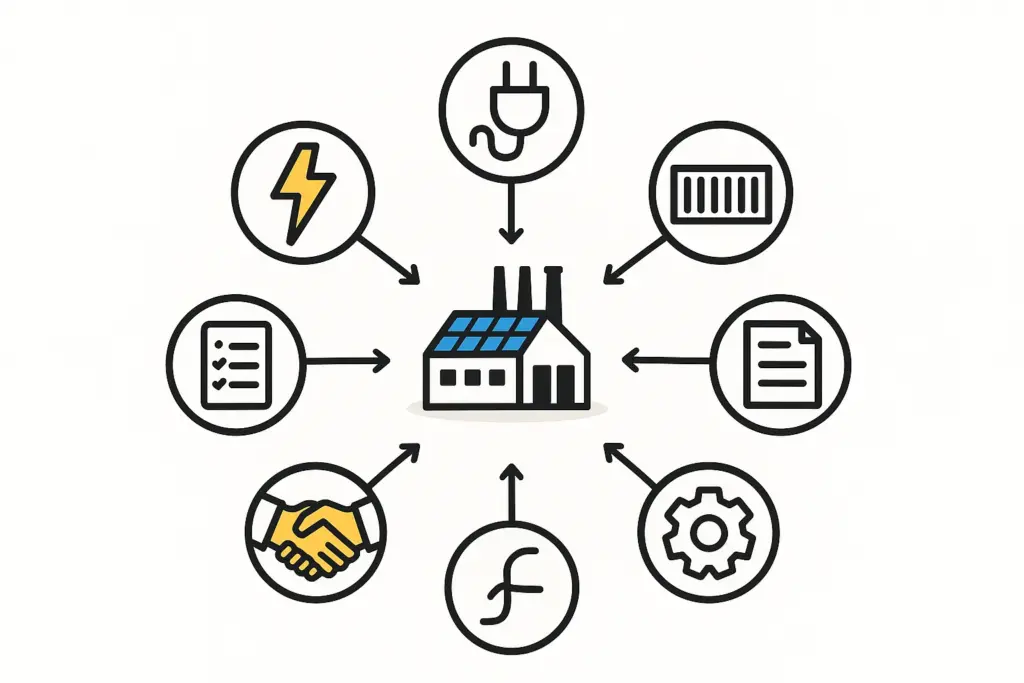
Tackling the Hurdles: The Path to a Solar-Powered Future
So, how do we turn Afghanistan’s solar manufacturing dream into a tangible reality? Well, it’s going to mean everyone – government, investors, local communities – pulling together in the same direction to address these infrastructural and systemic issues head-on:
- Smart Infrastructure Investment, and Plenty of It: We urgently need focused public and private money to stabilize and expand that power grid, with a heavy emphasis on integrating renewable energy. And just as vital is continuing to develop the road and rail networks, particularly those crucial links between industrial zones and the borders.
- Helpful Policies and Crystal-Clear Rules: This is all about making life easier for businesses. That means streamlining processes for registering businesses, getting permits, and acquiring land. Alongside this, stable and genuinely appealing incentives specifically for solar manufacturers are absolutely essential.
- Powerful Public-Private Partnerships (PPPs): When the public and private sectors work hand-in-hand, they can be an incredibly powerful force. Think joint efforts in developing industrial zone infrastructure, dedicated power plants for these zones, and those large-scale transport projects we’ve talked about.
- Building a Skilled Workforce – From the Ground Up: Investing seriously in job training and technical education programs is non-negotiable. We need to cultivate a workforce that can not only operate but also maintain advanced solar manufacturing facilities.
- Boosting Security, Because It Matters: Ensuring a safe and stable environment, especially around industrial zones and along key transport routes, is absolutely fundamental. It’s the bedrock for attracting investment and keeping operations running smoothly day in, day out.
Conclusion: A Challenging Road, But a Bright Horizon Indeed
So, when we take a step back and look at Afghanistan’s infrastructure for solar manufacturing, what do we really see? It’s a picture of significant, undeniable challenges, but also one of incredible, almost dazzling potential. Yes, the energy grid needs major, urgent upgrades. Yes, transport networks require ongoing expansion and serious modernization. And yes, industrial zones absolutely must be properly equipped with reliable utilities and essential services. No sugar-coating that.
However, the sheer abundance of sunshine – a gift from nature – coupled with genuine government backing for renewable energy, the inspiring example set by local pioneers, and the undeniable, pressing need for energy independence… well, it all builds a very, very strong case. While the path forward certainly won’t be a walk in the park, a clear long-term vision, married with smart, sustained investments and truly supportive policies, can genuinely pave the way for Afghanistan. It’s not just about meeting its own energy needs with solar power; it’s about potentially becoming a real, respected player in the regional solar manufacturing scene. For those entrepreneurs and investors out there with the right know-how, a robust willingness to navigate complexities, and a genuine, heartfelt commitment, the opportunity to help build Afghanistan’s bright solar future is not just a dream – it’s very real.
Now, I’d love to hear from you: What are your thoughts on this journey? What do you see as the biggest levers or the trickiest roadblocks?




